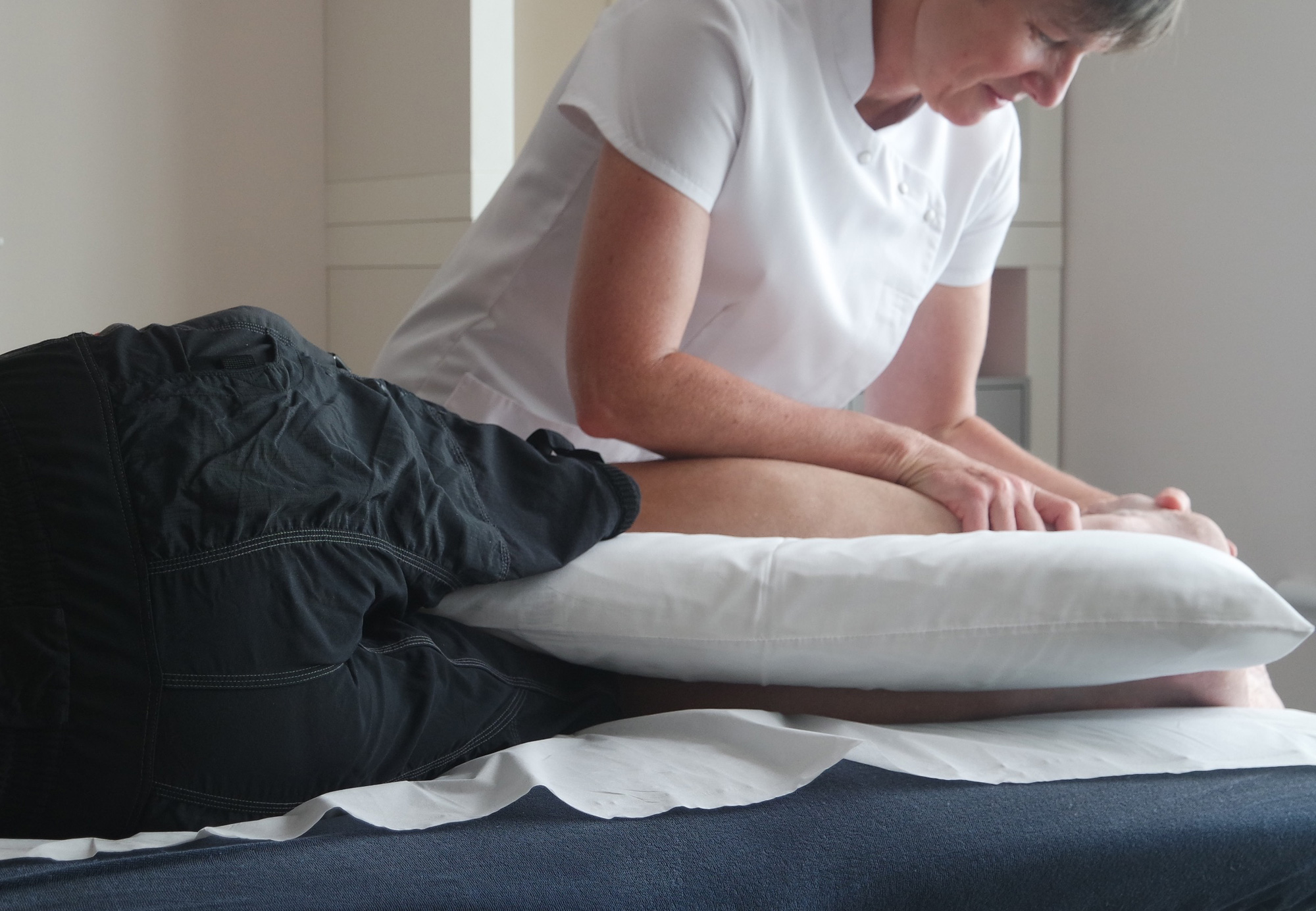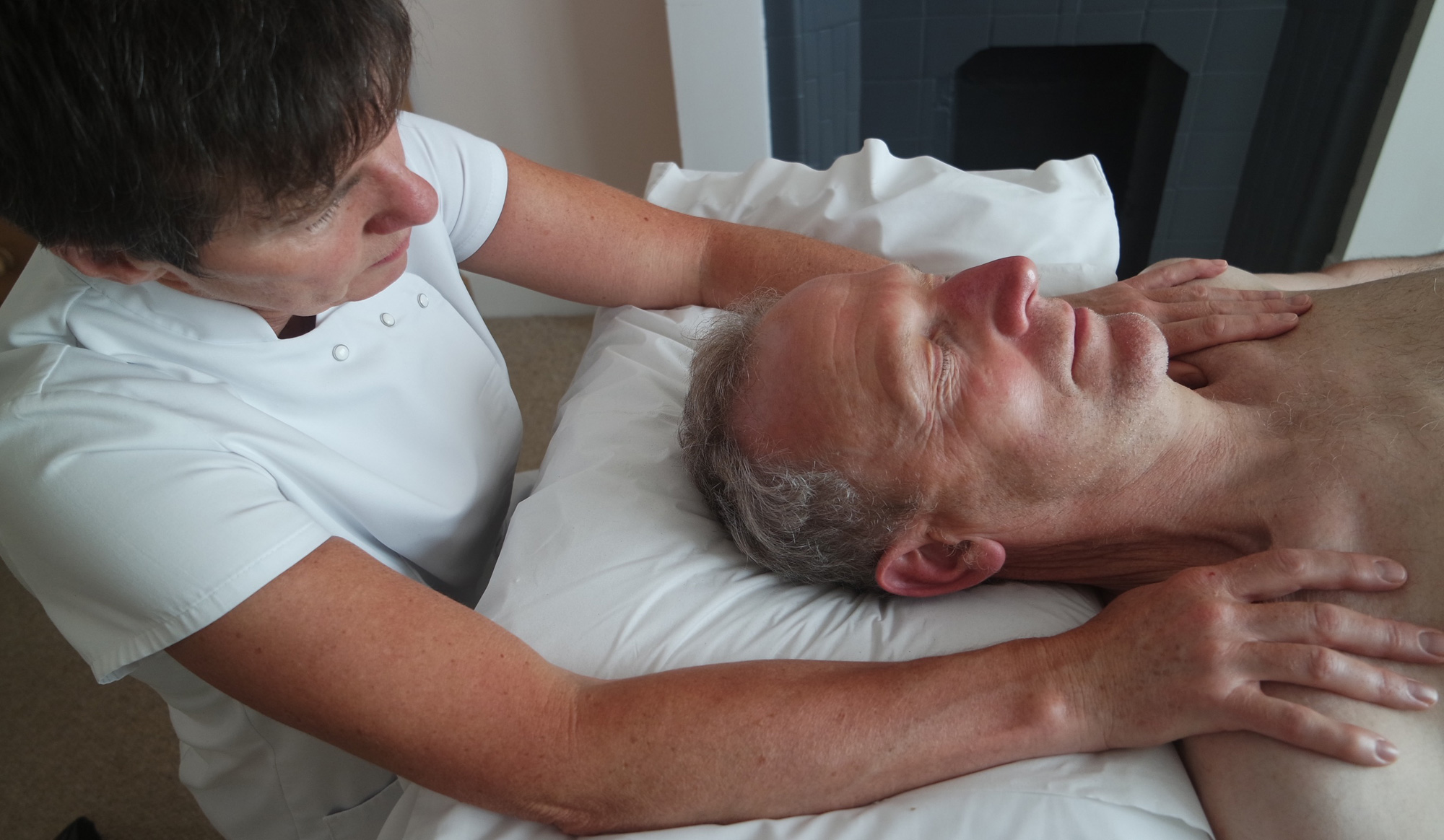Osteopathy - What is it?
All you need to know about what we can do
Osteopaths use their hands to diagnose and treat discomfort throughout the body particularly in muscles and joints.
These problems may stem from overuse, underuse, imbalanced posture and work demands, accidents or degenerative processes.
Osteopathy was developed over 125 years ago and was the first complementary healthcare profession in the UK to become Registered by Act of Parliament so that patients and practitioners could have full confidence its high standards of training and care.
It is a primary healthcare profession so you don’t need to be referred by your GP but they may sometimes recommend you to see an Osteopath.
It takes a minimum of four years of degree-level study and over a 1000 hours of supervised clinical practice to become a Registered Osteopath, followed by a minimum of 30 hours a year of ongoing postgraduate education plus audit and annual re-registration.

What can be treated?
We treat the whole body and the whole person.
There is always room for improvement in health and comfort, and osteopathic treatment can be beneficial at any age from a newborn who may be struggling to settle after a difficult birth to an elderly gardener with reduced mobility.
Patients often come for treatment because they either have sudden acute or chronic ongoing pain in one or more areas of the spine, often in the neck or low back, but also into their head or face, ribs, shoulders, elbows, hands, pelvis, hips, knees or feet.
Here are just a few examples of how patients describe some of the most commonly seen problems:

- Arthritis
- Tendinitis
- Muscle pain and strain
- Headaches
- Slipped discs
- Sciatica
- Stress related tension
- Trapped nerves
We can successfully treat musculoskeletal pain anywhere in the body from top to toe and everything in between.
As Osteopaths our intention is not just to treat the presenting symptoms but to seek to understand and explain how problems may have developed and offer advice to improve function, reduce pain and prevent recurrence.
A substantial and important part of our undergraduate training is understanding a wide range of disease processes so that we know when patients may also need to be referred on for help from other practitioners.
